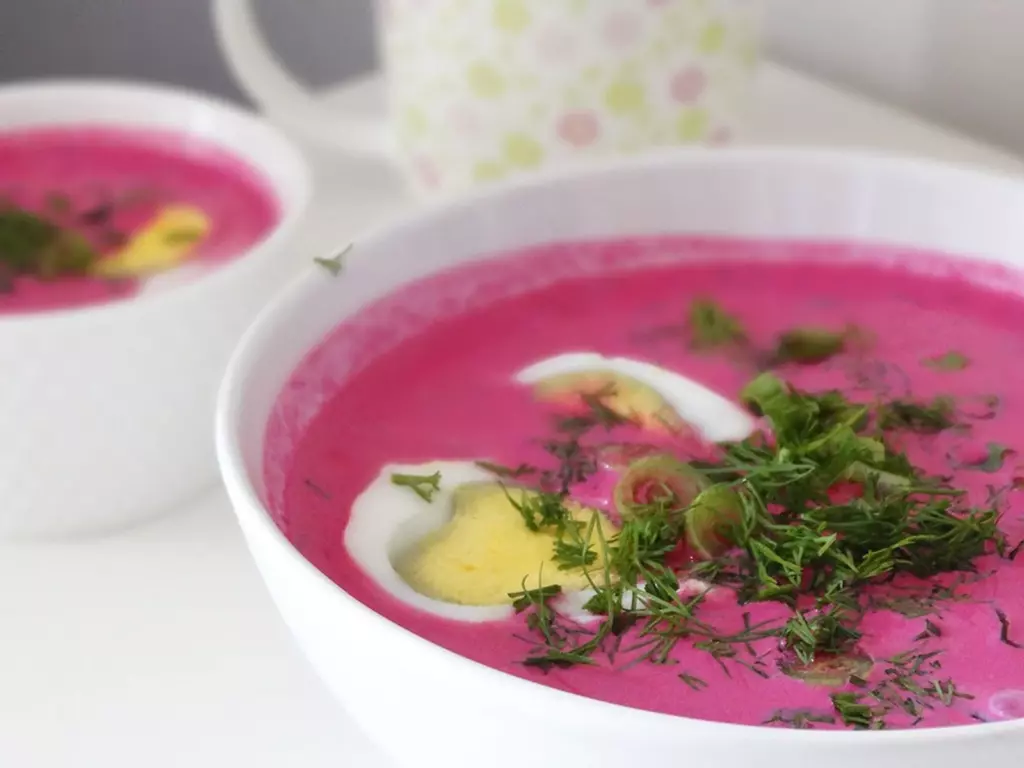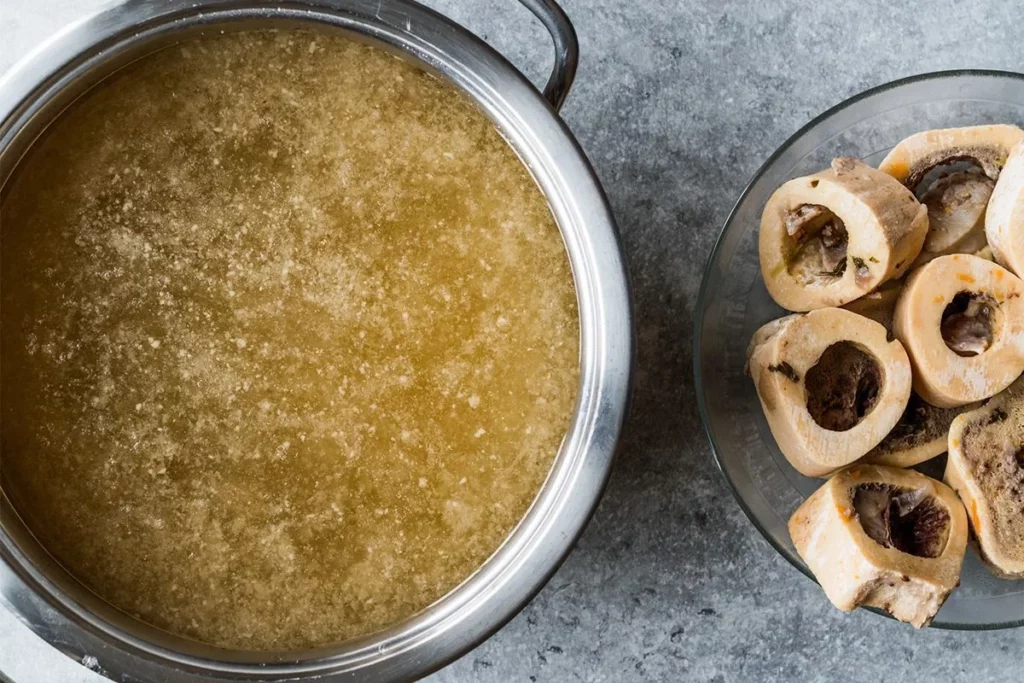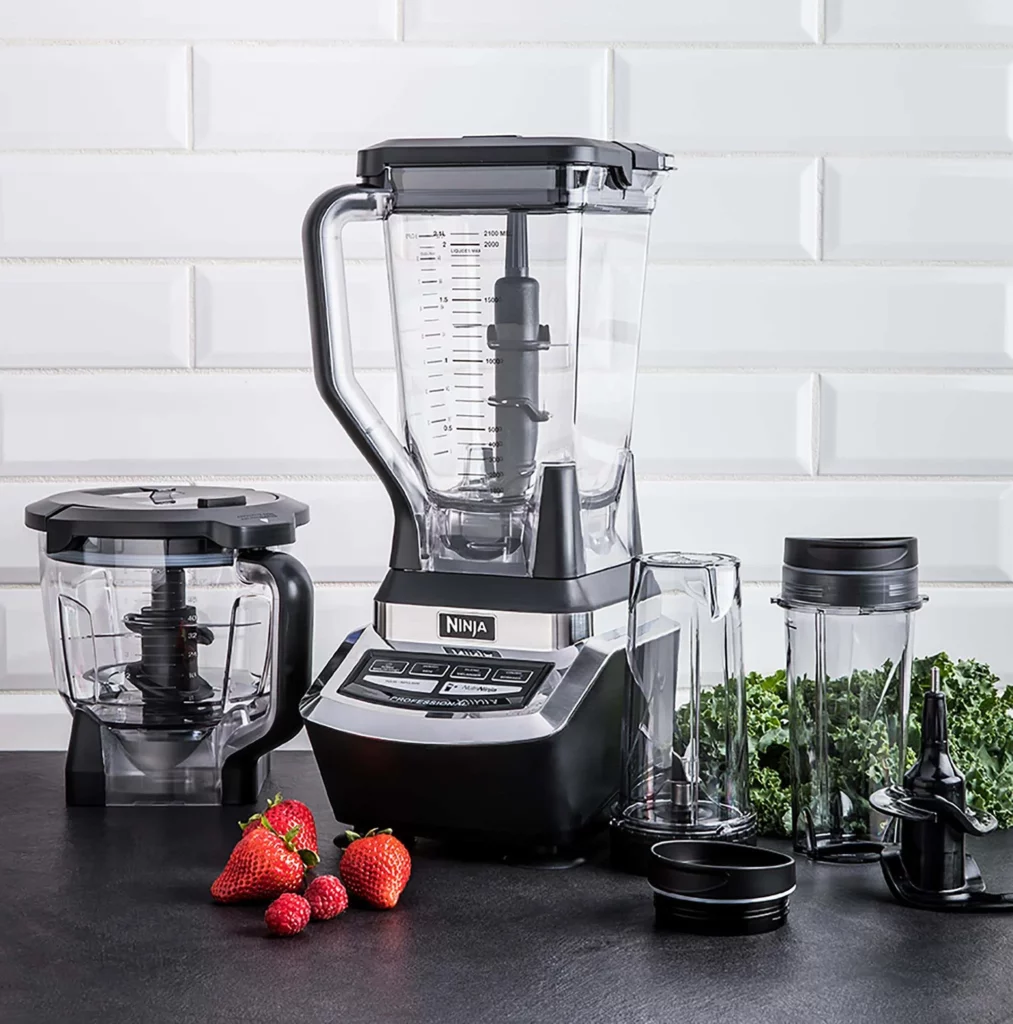Borscht Recipe: Hearty Beetroot Soup from Eastern Europe

During the winter months, there's nothing quite as comforting as indulging in a bowl of warm, nourishing soup. If you're craving a hearty option that's a staple in Eastern Europe and showcases the region's beloved beetroot, it's time to whip up a batch of borscht!
What Is Borscht
If you ask someone from Eastern Europe about the origins of borscht, it's likely they'll claim it originated from their country. Poland, Russia, and Ukraine all stake a claim to borscht's heritage, though many experts believe it was "invented" in Ukraine. The dish then spread to surrounding Baltic and Slavic countries, possibly due to Russia's influence in the region.
The word "borscht" originates from Yiddish but is derived from an old Slavic term for a hogweed plant called "bursci." This plant was a key ingredient in a soup that likely served as the precursor to borscht. Although beets replaced hogweed in the recipe, the soup retained its tart flavor, reminiscent of its pickled origins.
Borscht is characterized by its humble ingredients and was originally conceived as a simple, hearty dish, suitable for the common folk. It was a practical way to create a satisfying meal using readily available ingredients. Given the abundance of beets in Ukraine, it's no surprise they became a staple component of the soup.
Borscht remained relatively unknown outside of Eastern Europe until Russian emperors began hiring French chefs. These chefs, after learning to prepare borscht for their employers, introduced the dish to France, where it was met with cautious curiosity by the public.
In the United States, borscht found its way across the Atlantic through Eastern European Jews who carried their soup recipes with them. A specific region in upstate New York became known as “the Borscht Belt,” where Jewish-owned resorts and restaurants flourished. Jewish-Americans sought refuge in this area as many other establishments refused them service due to anti-Semitic sentiments. Borscht emerged as one of the most beloved dishes served in these establishments, providing a comforting connection to their homeland.
What Is Traditional Borscht
It’s difficult to define a single "traditional" borscht recipe, as variations abound across different countries and even among individual chefs. Some recipes feature cabbage, while others include potatoes. Some are meat-heavy, while others are vegetarian.
However, in a classic winter borscht, a flavorful broth with a sour undertone and a vibrant red hue from the beets are typical characteristics. There are also variations of borscht meant to be served chilled, providing a refreshing option during hot summer days.
This easy borscht recipe highlights the use of beets for that signature color. Additionally, parsnips and an array of seasonings, such as Dijon mustard, tarragon, garlic, and red wine, contribute to its delicious flavor profile. Instead of heartier root vegetables like potatoes, lentils and chickpeas are used in this recipe to add both sustenance and nutritional value. These ingredients not only stay true to the humble origins of borscht but also offer a rich source of fiber and essential nutrients, making this borscht a nutritious and budget-friendly option.

Nutrition Facts
Borscht is rich in healthy ingredients, particularly beets, which contribute to its impressive nutrient profile. Beets are notable for their high levels of folate, fiber, and manganese, all while being low in calories.
A single serving of borscht provides almost half of our daily needs for both manganese and vitamin A, showcasing its nutritional density and the health benefits it offers.
One serving (351 g) serving contains:
- Calories: 193
- Total Carbohydrates: 31.2 g
- Fiber: 8 g
- Sugar: 11.9 g
- Total Fat: 4.6 g
- Saturated Fat: 0.6 g
- Polyunsaturated Fat: 0.9 g
- Monounsaturated Fat: 2.7g
- Trans Fat: 0 g
- Protein: 7 g
- Cholesterol: 0 mg
- Sodium: 310 mg (20% DV*)
- Vitamin A: 1117 IU (48% DV)
- Manganese: 0.882 mg (49% DV)
- Copper: 0.367 mg (41% DV)
- Folate: 143 mcg (36% DV)
- Vitamin C: 17.9 mg (24% DV)
- Phosphorus: 159 mg (23% DV)
*Daily Value: Percentages are based on a diet of 2,000 calories a day.
How to cook borscht
Before diving into the cooking process, it's important to do some prep work to streamline the borscht recipe. Begin by chopping the beets, parsnips, and fresh tarragon. If you're using dried tarragon, one teaspoon should suffice.
For this recipe, you'll need pre-cooked lentils, which you can prepare in advance or use leftover lentils from another dish. Additionally, ensure you have a food processor on hand to blend the vegetables into a broth. Once you've completed these preparations, you're ready to proceed with making the beet borscht.
Start by heating a large pan over medium heat. Sauté the garlic, tarragon, cayenne, salt, and pepper for approximately 5 minutes.

Next, add the remaining ingredients to the pan, excluding the lentils and chickpeas, and bring the mixture to a boil. If you prefer a richer meat flavor, you can opt for beef bone broth or chicken bone broth instead of vegetable broth.

Allow the mixture to simmer over medium-low heat for about 20 minutes, or until the vegetables have softened. Remove and discard the bay leaves at this point, and then take the pan off the heat.

Using a slotted spoon, transfer the softened vegetables into a food processor.

Return the vegetable mixture from the food processor back into the pot. Then, add in the chickpeas and lentils. Stir well to combine the broth with the beans.
Serve this borscht recipe warm. If desired, top each bowl with a dollop of plain coconut or goat milk yogurt, or goat milk kefir. Enjoy!
Borscht Recipe
Looking for a way to incorporate beets into your diet with a classic Eastern European dish? Give this delicious borscht recipe a try!
INGREDIENTS
- 6 cups low sodium vegetable broth (or beef bone broth)
- 2 tablespoons avocado oil
- 3 beets, chopped
- 2 parsnips, chopped
- 1 tablespoon Dijon mustard
- 1 tablespoon tarragon, chopped
- ¼ teaspoon cayenne
- 1 tablespoon chopped garlic
- ½ cup dry red wine
- one 12-ounce can tomato paste
- ¼ cup dill
- 1 cup cooked lentils
- 1 cup chickpeas (from a can), rinsed and drained
- 3 bay leaves
- ½ teaspoon sea salt
- 1 teaspoon pepper
INSTRUCTIONS
- In a large pan over medium heat, sauté garlic, tarragon, cayenne, salt and pepper for about 5 minutes.
- Add remaining ingredients except the lentils and chickpeas, bringing to a boil.
- Let simmer on medium-low for 20 minutes, or until veggies are soft to cut.
- Discard bay leaves and remove from heat.
- With a slotted spoon, scoop all the veggies into a food processor.
- Blend until smooth, then pour veggies back into pot.
- Add chickpeas and lentils and stir to combine broth with veggies.
- Serve warm, perhaps with some crusty bread or as a starter dish.
NUTRITION
Serving Size: 1 serving (351 g)
Calories: 193
Sugar: 11.9 g
Sodium: 310 mg
Fat: 4.6 g
Saturated Fat: 0.6 g
Unsaturated Fat: 3.6 g
Trans Fat: 0 g
Carbohydrates: 31.2 g
Fiber: 8 g
Protein: 7 g
Cholesterol: 0 mg



